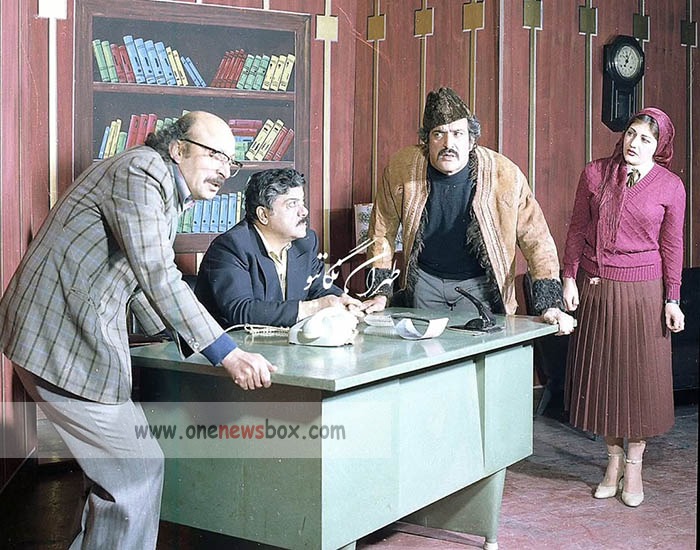In such a landscape, theater gained special importance. It was live, immediate, and accessible even to those unable to read. It was also communal: a collective gathering that matched Iranian traditions of storytelling and performance, from naqqāli (epic recitation) to taʿziyeh (religious passion plays).
2. The State of Iranian Theater in 1940–1943
2.1 Popular Acceptance of Stage Performances
One of the striking features of this period is the relatively high degree of acceptance that stage theater enjoyed among audiences. Despite economic and social difficulties, theaters in Tehran and other major cities attracted a steady flow of spectators. Their motivations varied: some attended simply for leisure, while others sought intellectual stimulation or ideological reinforcement.
Theater, therefore, was a mirror of society’s diverse aspirations. For the working class, it offered affordable escape. For the middle-class intellectuals, it was a forum to discuss modern ideas. For political activists, it was a platform for propaganda.
2.2 Forms of Plays and Genres
The plays performed during this period ranged widely in form and content. There were comedies that mocked social customs, melodramas that stirred emotions, adaptations of Persian literary classics, and translations of European works. The multiplicity of genres reflected both the needs of the audience and the ambitions of playwrights and directors to experiment with form.

